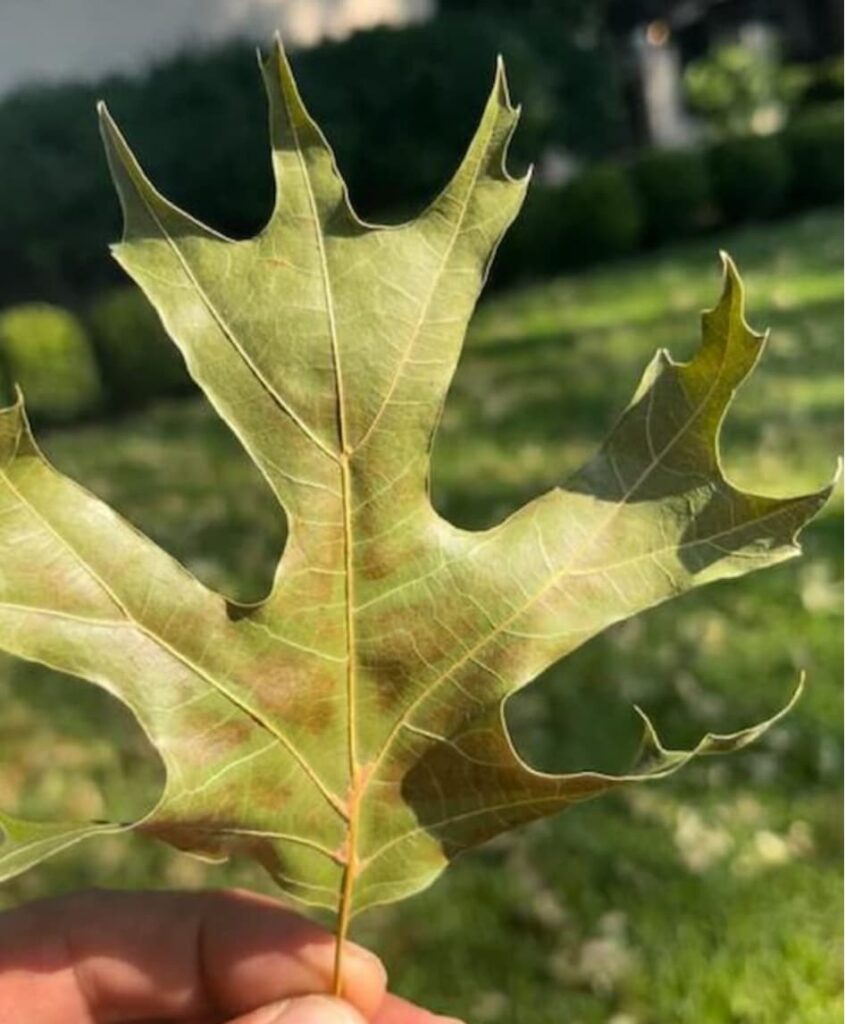This Article Includes: Genetics and Leaf Shedding, Regional Examples, Environmental Factors, and The Significance
Introduction:
In the natural world, the changing seasons bring about a myriad of captivating phenomena. One such intriguing behavior is observed in certain oak trees that shed their leaves not in the customary fall season, but rather in the spring. This unique characteristic is influenced by a combination of genetic predisposition and environmental factors, making it a fascinating subject of study. In this article, we delve into the reasons behind this unusual behavior and explore its prevalence in different regions of the world.
Genetics and Leaf Shedding:
During the fall season, most trees enter a state of dormancy and initiate the process of leaf shedding. This is primarily triggered by the production of a hormone called abscisic acid, which prompts the leaves to detach and fall off. However, some oak trees possess a genetic predisposition that causes them to shed their leaves in the spring instead. This intriguing trait is more commonly observed in certain parts of the world, particularly in Europe and Asia.
Regional Examples:
In North Texas, for instance, live oaks and water oaks are prime examples of oak trees that exhibit the unique behavior of shedding green leaves in the spring. These trees defy the conventional pattern of leaf shedding in the fall, captivating observers with their vibrant green foliage during the colder months. This regional variation in leaf shedding behavior adds to the diversity and wonder of the natural world.
Environmental Factors:
While genetics play a significant role in determining the timing of leaf shedding, environmental factors also exert their influence. The interplay between genetics and the environment can result in variations within a species. Factors such as temperature, sunlight exposure, and moisture levels can impact the timing of leaf shedding in oak trees. These environmental cues can override or enhance the genetic predisposition, leading to the spring leaf shedding phenomenon.
The Significance:
The spring leaf shedding behavior in oak trees serves as a reminder of the intricate relationship between genetics and the environment. It highlights the adaptability and resilience of these trees, as they respond to their surroundings in unique ways. Understanding the mechanisms behind this behavior can provide valuable insights into the evolutionary history and ecological dynamics of oak trees.
Conclusion:
The phenomenon of oak trees shedding their leaves in the spring instead of the fall is a captivating subject that combines genetics and environmental factors. This unique behavior, observed in certain oak species across different regions, adds to the diversity and wonder of the natural world. By unraveling the intricacies of this behavior, we gain a deeper appreciation for the adaptability and resilience of these remarkable trees.

